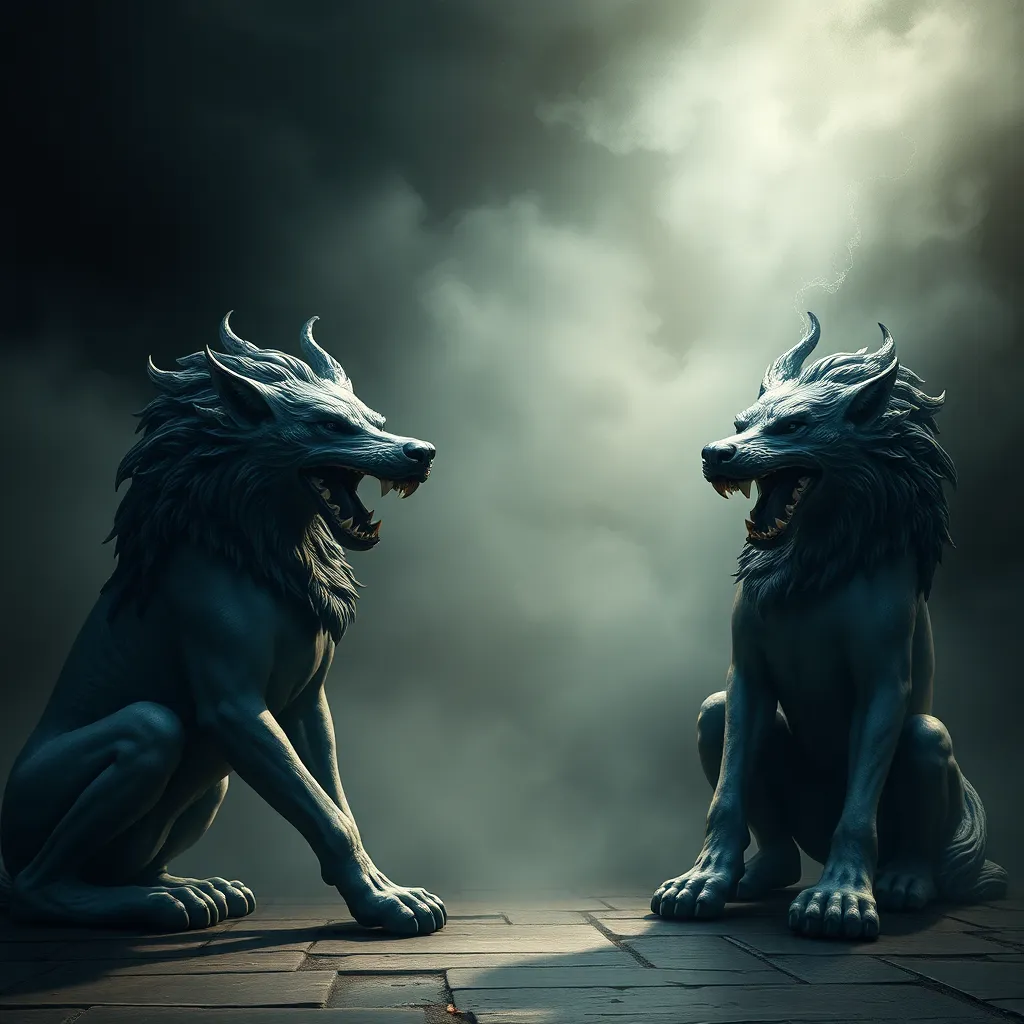Kitsune in Korean Mythology: The Kumiho and Other Fox Spirits
I. Introduction
Fox spirits have long captivated the imaginations of cultures across East Asia, embodying a rich tapestry of folklore and mythology. Among the most notable of these mythical beings is the Kumiho, a significant figure in Korean folklore that has undergone various interpretations throughout history. This article aims to explore the characteristics, cultural significance, and variations of the Kumiho and other fox spirits in Korean mythology.
II. The Origins of the Kumiho
The Kumiho’s roots can be traced back through centuries of Korean folklore, where it has been depicted in various forms and narratives. Historical records suggest that the Kumiho emerged from ancient beliefs about foxes, which were often seen as magical creatures capable of transforming into human forms.
Additionally, the Kumiho’s character has been influenced by the lore of fox spirits from neighboring cultures, particularly Chinese and Japanese traditions. In Chinese mythology, the Huli Jing is a fox spirit known for its cunning and seduction, while the Japanese Kitsune is often portrayed as a protector and a wise entity. These cultural exchanges have played a crucial role in shaping the Kumiho’s evolution over time.
III. Characteristics of the Kumiho
The Kumiho is often depicted as a beautiful woman, using her charm to seduce unsuspecting victims. Common traits associated with the Kumiho include:
- Long, flowing hair
- Mesmerizing eyes that can enchant those who gaze into them
- A lithe and alluring figure, symbolizing femininity
However, the Kumiho’s behaviors can vary significantly between benevolent and malevolent depictions. In some stories, she is portrayed as a tragic figure seeking redemption, while in others, she is a fearsome predator who preys on humans.
One of the most fascinating aspects of the Kumiho is her ability to transform. Traditionally, she can shift between her fox form and a human disguise, often using this skill to navigate and manipulate human relationships. This transformation ability leads to complex interactions with humans, highlighting themes of deception and desire.
IV. The Kumiho in Folktales and Legends
Numerous folktales feature the Kumiho, each presenting unique themes and morals. Notable stories include:
- The Kumiho and the Scholar: A tale of a scholar who falls in love with a Kumiho, only to discover her true nature.
- The Kumiho’s Redemption: A story where a Kumiho seeks to become human by sacrificing her abilities, exploring themes of love and sacrifice.
These narratives often convey important morals, such as the dangers of lust and the consequences of deception. In comparison to other cultural fox spirit stories, the Kumiho’s tales frequently emphasize the interplay between beauty and danger, reflecting societal fears and desires.
V. The Kumiho in Modern Media
In contemporary culture, the Kumiho has found new life in literature, film, and television, evolving from a figure of fear to one of fascination and complexity. Popular representations include:
- Television dramas: Many Korean dramas feature Kumiho characters, often portraying them as misunderstood and seeking acceptance.
- Films: Movies have explored the Kumiho mythos, blending horror and romance to create compelling narratives.
- Literature: Modern authors have reimagined the Kumiho in various genres, from fantasy to horror, highlighting her multifaceted nature.
The Kumiho’s evolving image reflects changing societal attitudes towards femininity and power, allowing for a broader interpretation of her role in contemporary Korean culture. Cross-cultural adaptations have also emerged, illustrating the Kumiho’s influence beyond Korea.
VI. Other Fox Spirits in Korean Mythology
While the Kumiho is the most recognized fox spirit in Korean mythology, other related entities also exist. These include:
- Baekgu: A white fox that is considered a guardian spirit.
- Gumiho: A variant of the Kumiho, often depicted with nine tails and possessing greater powers.
In a comparative analysis, these spirits often share characteristics with the Kumiho but can differ in their moral alignments and societal roles. The cultural significance of these spirits varies across different regions of Korea, reflecting local beliefs and values.
VII. Interpretations and Symbolism of the Kumiho
The Kumiho serves as a powerful symbol of femininity and seduction, often embodying the complexities of female identity within a patriarchal context. Her dual nature—beautiful yet dangerous—can represent societal fears concerning female sexuality and autonomy.
Moreover, the Kumiho reflects deeper cultural narratives, representing:
- Societal fears of the “other” and the unknown
- Desires for power and control
- Lessons in morality, cautioning against greed and lust
As such, the Kumiho’s narratives often serve as cautionary tales, embedding cultural values and moral lessons within their stories.
VIII. Conclusion
In summary, the Kumiho holds a significant place in Korean mythology, representing a complex interplay of beauty, danger, and moral lessons. The enduring legacy of fox spirits across East Asian cultures speaks to their role in shaping cultural narratives and identities. As we reflect on the Kumiho’s multifaceted character, we recognize her importance not just as a mythical figure, but as a symbol of deeper societal themes that continue to resonate in modern culture.



